Chickens are excellent communicators – if you know their language. Hens and roosters both make a series of noises that range from subtle to startling. Some breeds are more “talkative” than others, but most flocks converse among themselves throughout the day. If you listen closely, you’ll hear their different calls, clucks, and crows. Before long you’ll be able to speak chicken, tell what each sound means, and whose attention they're trying to gain.
Different types of noises
Chickens are able to vocalize between 24 and 30 different sounds. Each sound is distinct and serves a different purpose, and they’re able to weave multiple sounds together to fit the situation or conversation. Roosters are of course the loudest of the flock, but hens can sound the alarm either out of fear or in protest during flock squabbles. In general, hens aren’t noisy – but here are some of the most common sounds you’ll hear your flock make.
Warning calls
These are the loudest sounds you’ll hear from a hen. As both extremely social and prey animals, communication is vital to chickens. So, anything that appears to be amiss will be announced in a big way. These calls are repeated until the perceived danger has passed, or until the entire flock is out of harm’s way.
Clucking
Clucking can mean several things, so observing your hen’s body language will clue you in on what this sound may mean in the moment. For example, hens will cluck to their chicks to call them in to be warmed, or to help them determine if a food is safe or not. Chickens will also cluck to each other as a means of conversing, or while scratching and foraging for food. Clucking can range from loud to hardly audible, with sounds ranging from a “bok-bok” to more of a gentle and drawn-out “borb” sound. In general, clucking is the sound of a content chicken.
Egg announcements
This is one of the more audible sounds to be heard from the chicken coop. Often, hens will announce the arrival of an egg – either before or after it’s been laid. Not all hens will make this announcement, but when one does, it’s common for the entire flock to join in the celebration. This sound is a series of short cackles, followed by a longer one.
Growling or hissing
Growling and hissing aren’t just reserved for cats – hens can make these sounds as well, but they won’t sound distinctly feline. Broody hens emit a low growling sound while their nest is disturbed, which will escalate the sound to a sharp hissing sound if the threat persists. If you have a broody hen in your coop, proceed with caution. Hens will defend their nests both audibly and physically. So, if you hear your hen growling or hissing while you peruse their nest, they’re preparing to land a well-placed peck.
Crowing
Perhaps the most popular sound people associate with chickens is the crow. Crowing is reserved for roosters, saved for in rare cases when an elderly hen learns to crow. This phenomenon results from less estrogen in hens that are past laying age, causing them to crow and even grow spurs. But, for most flocks, you’ll only hear the trademark cock-a-doodle-doo if you keep a rooster. While it’s true that roosters crow at the crack of dawn, they also crow to show dominance, give the flock an “all clear” after a threat, or as an alarm call.
Crowing: bonus content
Even though a rooster’s call is typically portrayed as a “cock-a-doodle-doo”, there’s worldwide debate on the exact sound that a rooster emits. If you really listen, you may find yourself questioning if that’s the best representation of a crow. Here are 60 different languages that have their own depiction of a rooster’s crow:
- Africaans koekelekoe
- Albanian kikiriki
- Arabic kookookoo-koo
- Basque kikirriki
- Belarusian кукарэку, kukarekú
- Bosnian kukuriku
- Breton kokaralur
- Bulgarian кукуригу, kukurigu
- Catalan co-co-ro-co
- Chinese Cantonese goh-geh-goh-goh
- Chinese Mandarin gou-gou
- Croatianku-ku-ri-ku
- Czech kykyrikí
- Danish kykeliky
- Dutch kukeleku
- Esperanto kokeriko
- Estonian kukeleegu, kikerikii
- Faroese kakkulárakó
- Filipino tik-ti-la-ok
- Finnish kukkokiekuu
- French cocorico
- Gaelic Irish cuc-a-dudal-du
- Gaelic Scots gog-a-ghuidhe-ghaoidhe
- Georgian yiyliyo (khi-khli-kho)
- German kikeriki
- Greek κικιρίκου, κουκουρίκου (kikiriku)
- Gujarati kuk-de-kuk
- Hebrew ku-ku-ri-ku
- Hindi kuk-roo-koo, kuk-roo-kroon
- Hungarian kukurikú
- Icelandic gaggala gaggala gú
- Indonesian kukuruyuk
- Italian chicchirichì
- Japanese ko-ke kokkoh
- Kashubian kùkùk
- Korean k'ok'iyo
- Latvian ki-ke-ri-gū
- Lithuanian ka-ka-rie-ku
- Macedonian кукурику (kukurikú)
- Norwegian kykkeliky
- Persian ququliqu
- Polish kukuryku
- Portuguese có có ró có
- Punjabi kukroku, kukrukaru
- Romanian cucurigu
- Russian ку-ка-ре-ку (ku-ka-rye-ku)
- Sanskrit काक (kāka)
- Serbian ku-ku-ri-ku
- Slovak kikirikí
- Slovene kikiriki
- Spanish qui-qui-ri-qui
- Swahili koko-rikoo-koo
- Swedish kuckeliku
- Tagalog kukaok
- Tamil ko-ka-ra-ko
- Thai yeki-yeki-yek
- Turkish üü-ürü-üüü
- Ukrainian кукуріку (kukurikú)
- Urdu kuk-roo-kroon
- Vietnamese ò-ó-o-o
Omlet speaks chicken
At Omlet, we observe, learn from, and interact with chickens daily. Our chicken products are the result of listening to both chickens and keepers alike to create ingenious chicken coops, versatile chicken runs, and technologically advanced that foster bonds between flocks and their raisers.


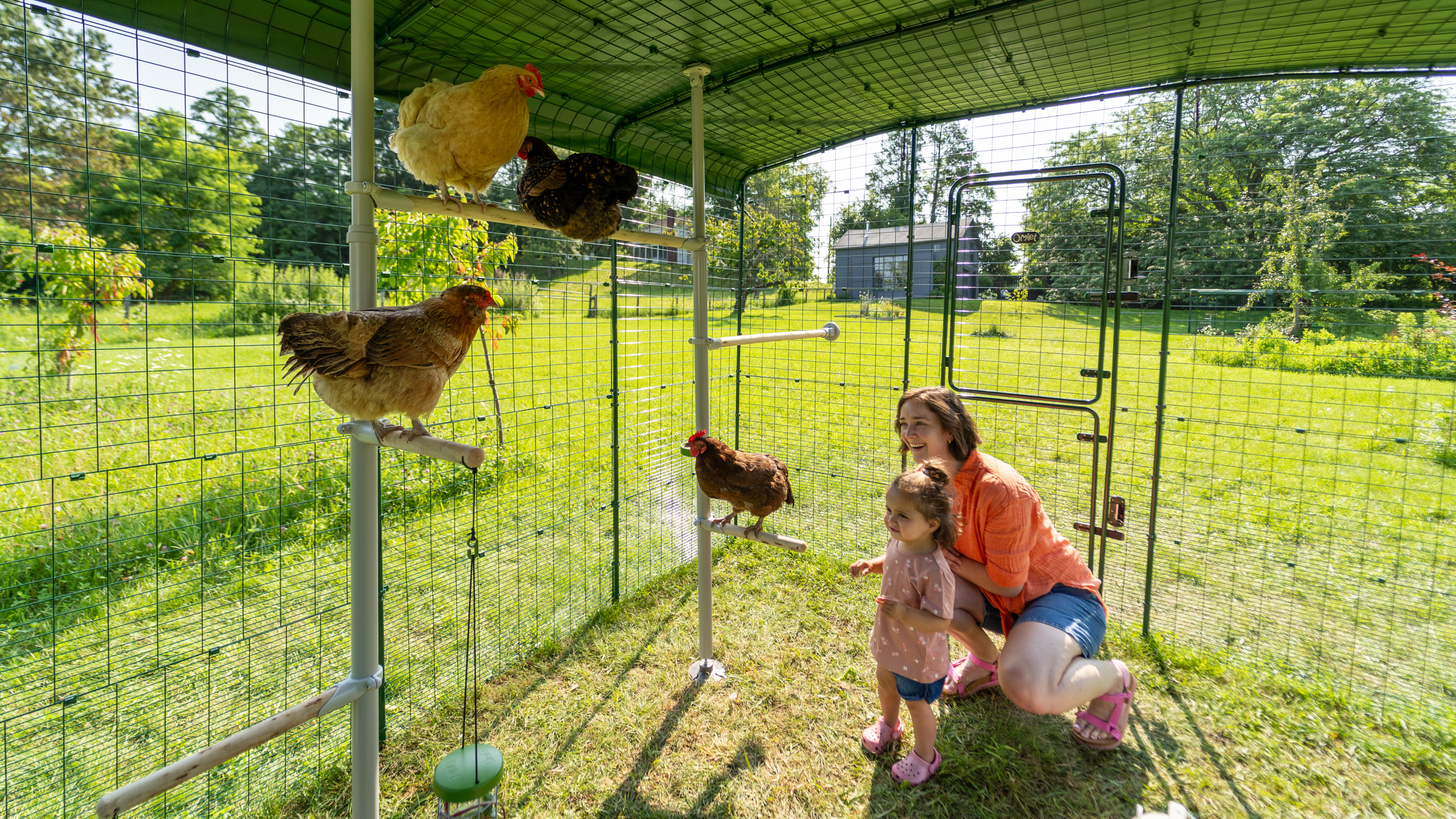

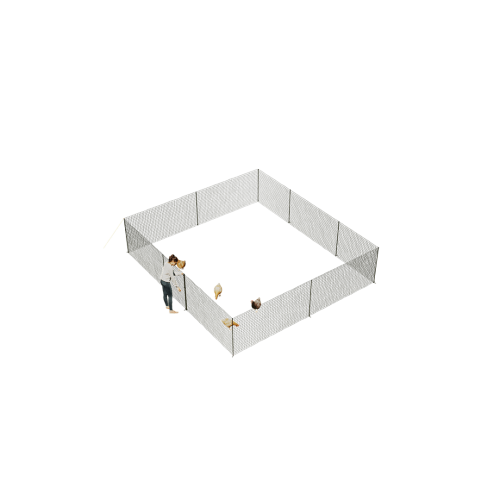

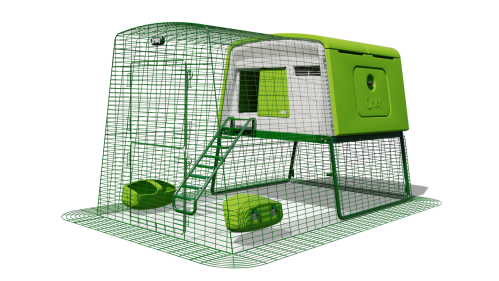
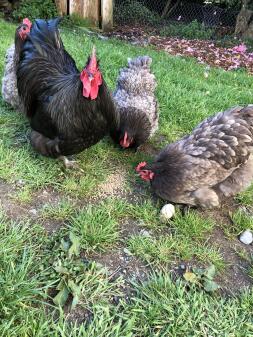
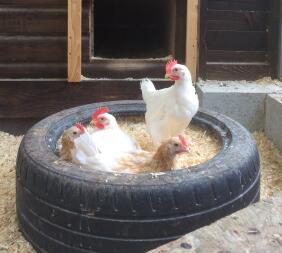
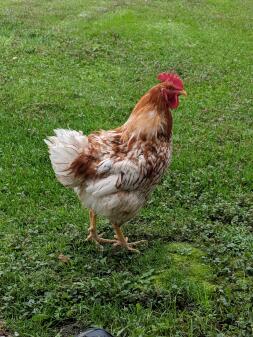
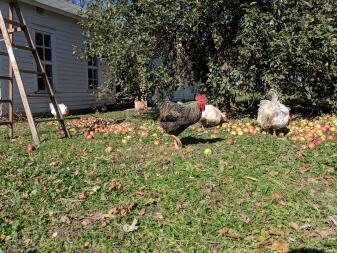
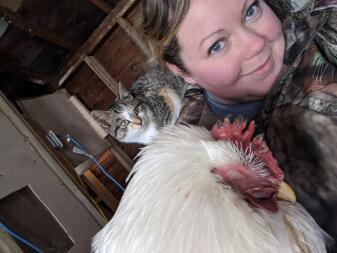
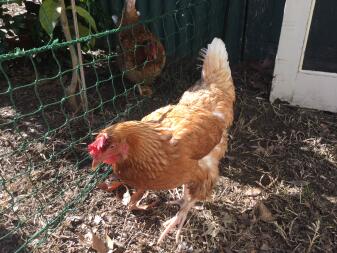
Comments
There are no comments just yet